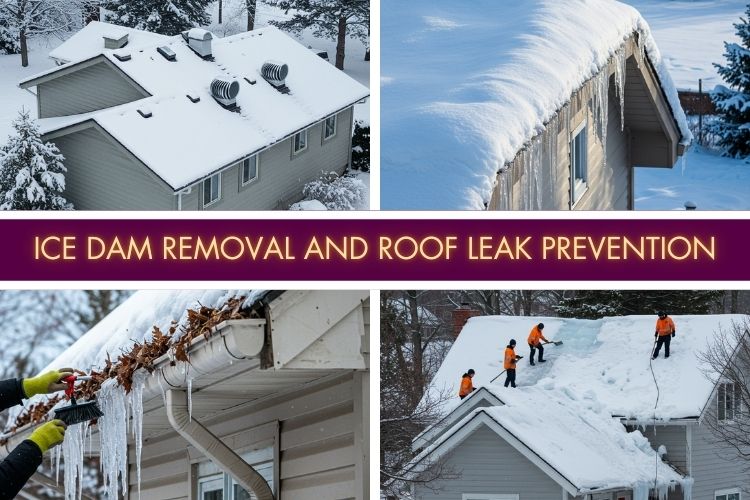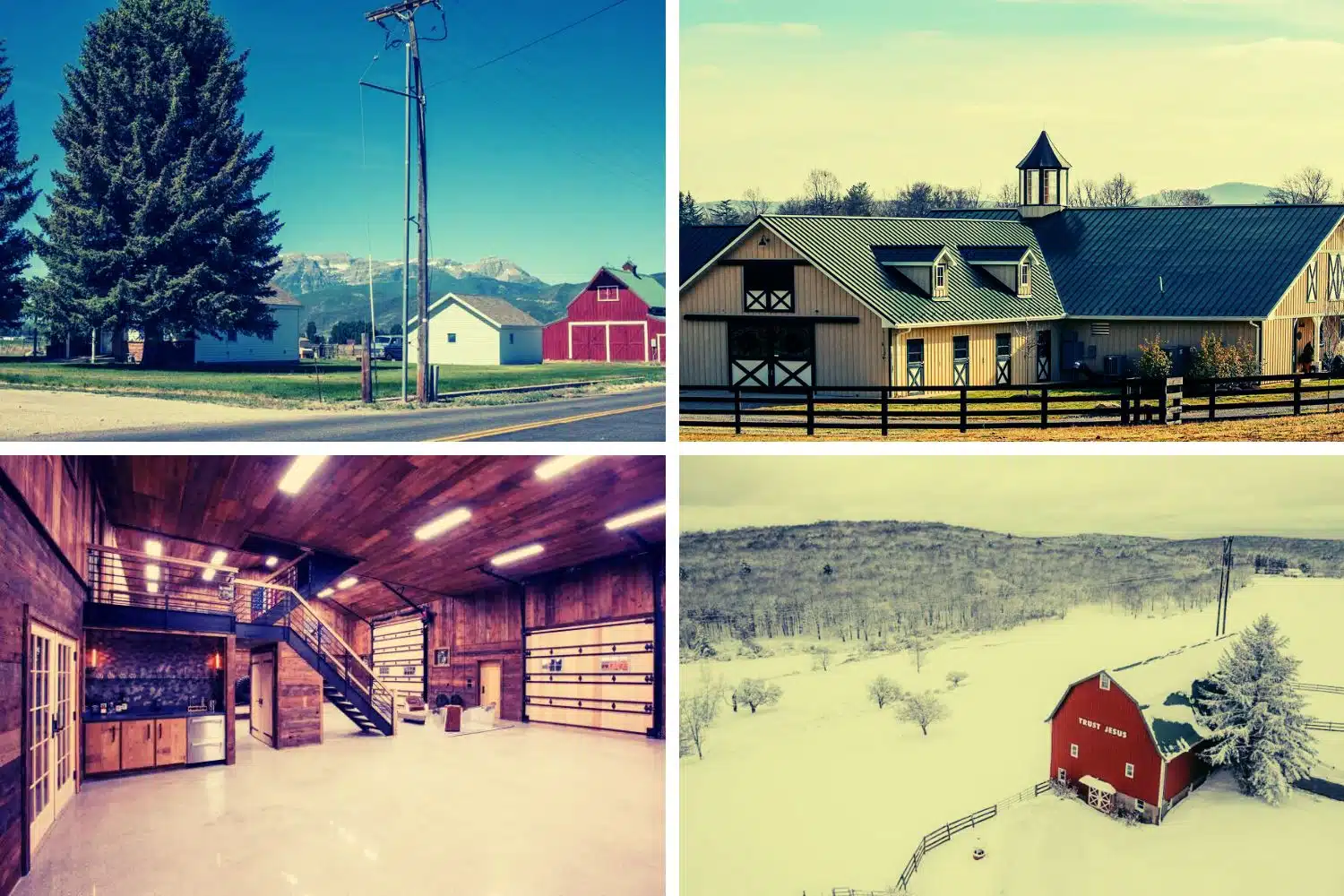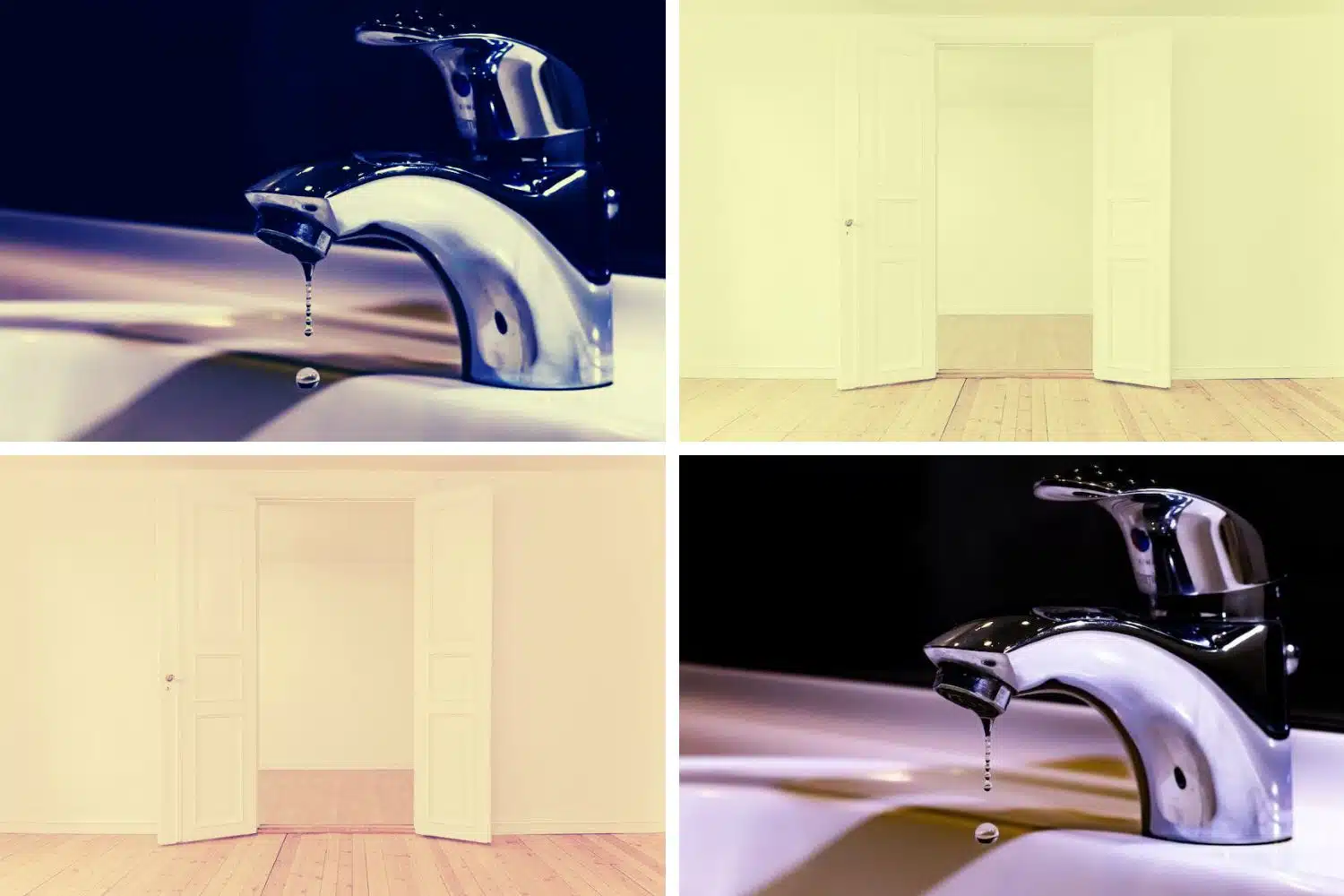Winter can be a beautiful season, but it also brings with it the risk of ice dams forming on your roof, which can lead to serious leaks and costly damage. Ice dam removal and roof leak prevention are essential tasks for homeowners who want to protect their roofs and prevent water from infiltrating their homes.
In this guide, we’ll walk you through how to remove ice dams safely, the best methods for prevention, and expert tips on ensuring your roof stays in top condition during the cold months.
What Are Ice Dams?
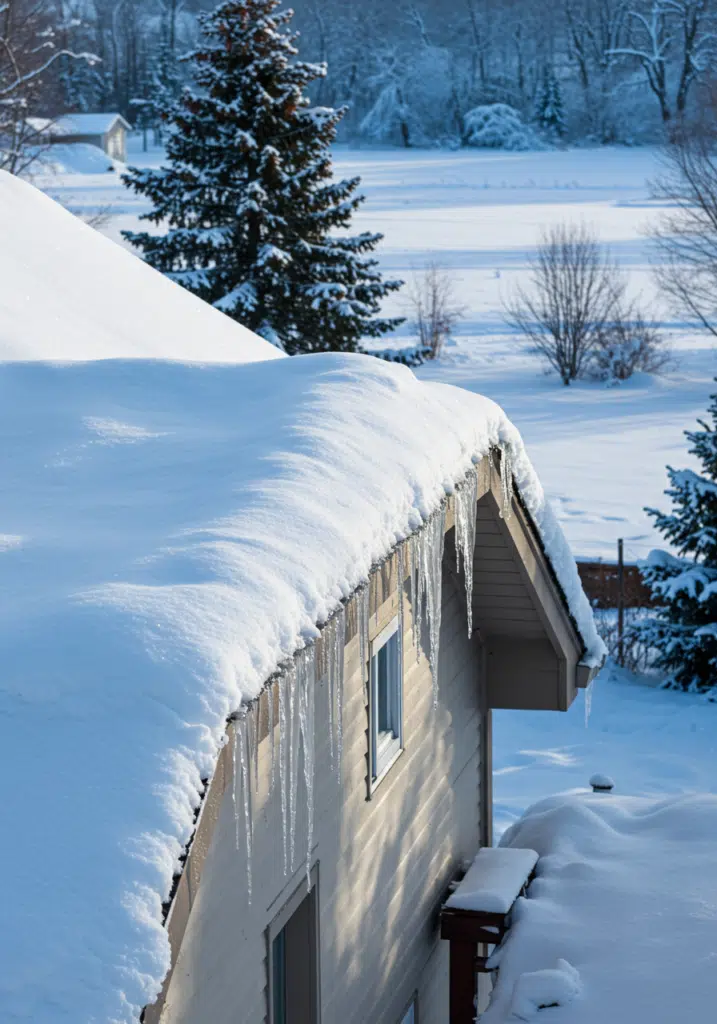
Ice dams are ridges of ice that form along the edges of your roof. They occur when heat from your attic melts the snow on your roof, causing the water to run down and refreeze at the edge.
As this cycle continues, the ice builds up and blocks water from draining off the roof. This trapped water can leak into your home, damaging your ceilings, walls, and insulation.
Understanding how ice dams form and knowing how to handle them can save you a significant amount of trouble. Let’s take a deeper dive into both ice dam removal and prevention strategies.
How to Remove Ice Dams Safely
Removing ice dams should be done with care to avoid damaging your roof and causing further issues.
There are various methods for ice dam removal, and it’s important to choose the safest one that fits your situation. Here’s a breakdown of the most popular methods:
1. Emergency Ice Dam Removal Services
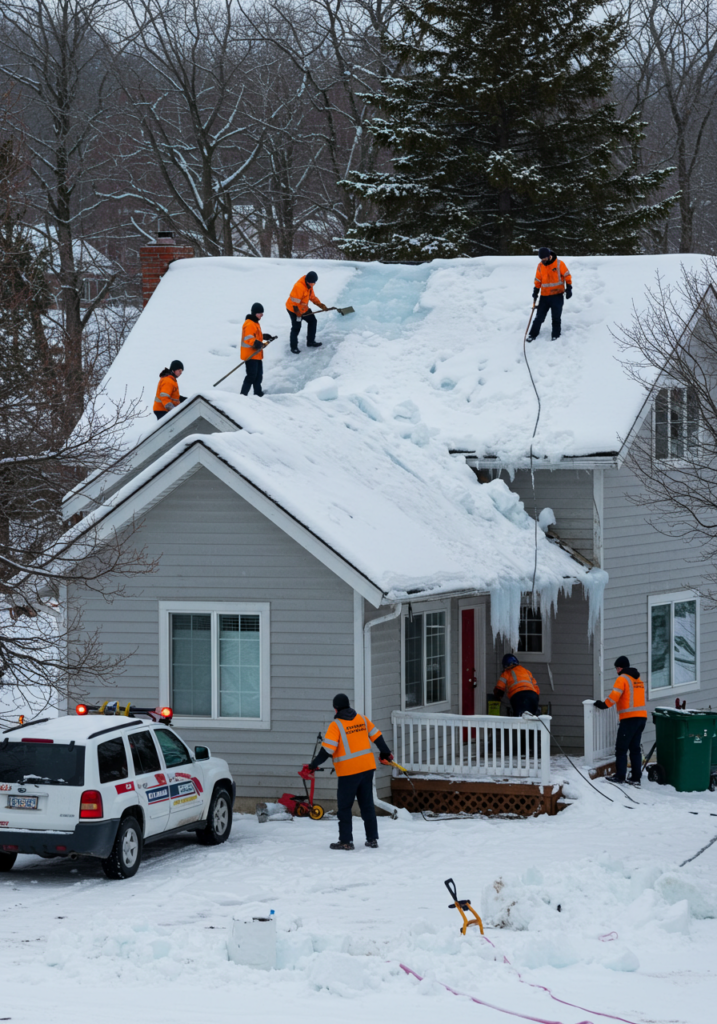
Sometimes, ice dams become an emergency, especially when they lead to roof leaks. If you’re dealing with a large accumulation of ice and it’s causing water to leak into your home, it’s time to call in the professionals.
Emergency ice dam removal companies specialize in handling these situations quickly and efficiently. Many of them offer 24-hour services, ensuring that your home is protected as soon as possible.
2. Roof Steaming for Ice Dams
One of the safest and most effective ways to remove ice dams is through roof steaming. This method involves using dry steam to gently melt the ice, allowing the water to flow freely off your roof.
Unlike chemical methods, roof steaming is environmentally friendly and doesn’t damage your shingles or gutters. It’s especially effective for roofs with asphalt shingles or metal roofs, where traditional methods may cause damage.
3. Using Calcium Chloride for Ice Dams
Calcium chloride is another popular option for removing ice dams. You can place calcium chloride-filled socks in your gutters or along the edge of the roof to melt the ice.
This method is relatively simple and doesn’t require specialized equipment. However, it’s essential to ensure you use the correct type of calcium chloride to avoid damaging your roof.
4. Manual Ice Dam Removal
For homeowners willing to take a DIY approach, using a roof rake can be a safe method for removing ice dams.
A telescoping roof rake allows you to reach the edge of your roof without using a ladder. Be sure to use a roof rake with a plastic or rubber blade to avoid damaging your shingles.
Ice Dam Prevention Tips
Once you’ve removed the ice dam, it’s essential to take preventive measures to avoid future occurrences. Here are some of the most effective strategies:
1. Improve Attic Insulation
One of the primary causes of ice dams is warm air escaping from your attic, causing the snow on your roof to melt. By improving your attic insulation, you can prevent this warm air from escaping and help maintain a consistent temperature on your roof.
Ensure that your attic insulation is thick enough to provide an effective barrier against heat loss.
2. Ensure Proper Roof Ventilation
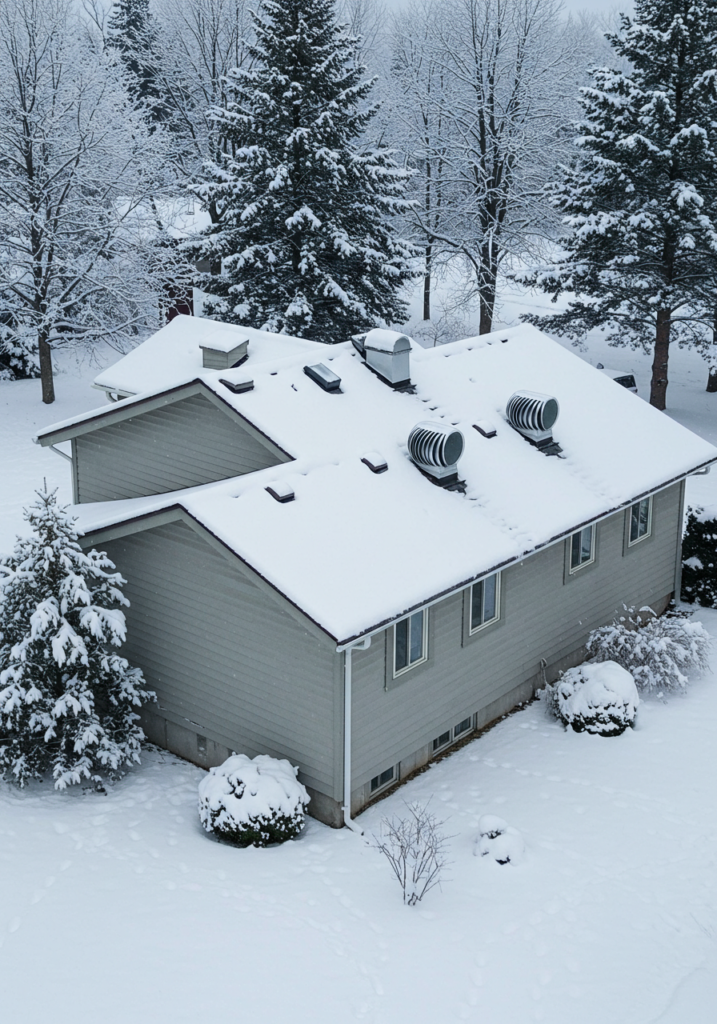
In addition to insulation, roof ventilation is crucial for preventing ice dams. Proper ventilation allows cool air to circulate under the roof, helping to keep the temperature consistent and preventing snow from melting unevenly. This will reduce the chances of ice buildup at the edge of your roof.
3. Install Heat Cables or Heat Trace Cables
Heat cables are a popular solution for preventing ice dams. These cables are installed along the roof’s edge and gutters and warm the roof just enough to prevent ice from forming.
They’re particularly useful in areas where ice dams are a recurring problem. Make sure to hire a professional to install these cables to ensure they work efficiently.
4. Regular Gutter Cleaning
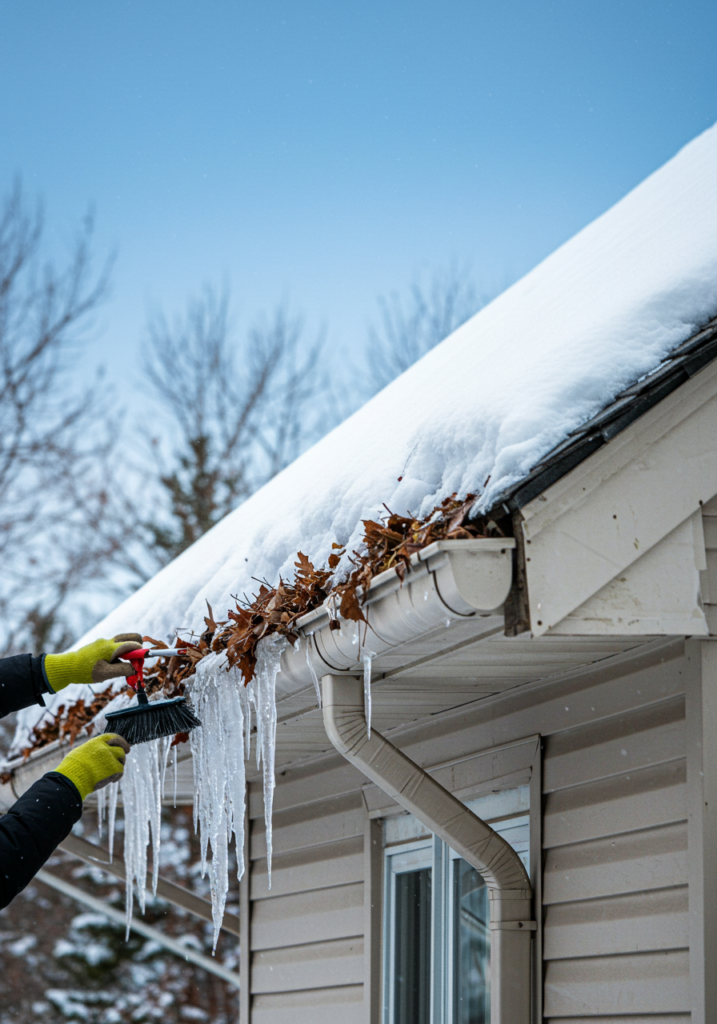
Clogged gutters are a major contributor to ice dams. Gutter cleaning is a simple yet effective preventative measure.
Regularly remove leaves, debris, and other obstructions that could block the flow of water, especially before the winter months.
5. Install an Ice and Water Shield
Ice and water shields are waterproof membranes installed beneath the shingles on the lower edge of your roof. These shields prevent water from penetrating the roof in case an ice dam does form.
Installing an ice and water shield is a worthwhile investment that can help protect your home from water damage.
Roof Leak Repair and Ice Dam Damage
Ice dams can cause significant roof damage if left unchecked. The trapped water behind the dam can seep into the roof decking and cause wood rot, mold, and mildew growth. In some cases, ice dams can even lift shingles, leading to long-term roof issues.
If your roof has been damaged by ice dams, it’s important to address the issue promptly. Professional roof leak repair services can assess the damage and perform necessary repairs, including fixing any leaks, replacing damaged shingles, and reinforcing the roof’s structure.
Why Should You Hire Professional Ice Dam Removal Services?
While DIY ice dam removal can seem like a cost-effective solution, it’s often risky. Here are some reasons why you should consider hiring professional ice dam removal companies:
- Safety: Ice dam removal involves working on the roof, which can be dangerous without proper equipment and experience.
- Expertise: Professionals have the knowledge and tools to remove ice dams without causing damage to your roof or gutters.
- Time-Saving: Professional services can get the job done quickly, especially during emergencies when every minute counts.
- Long-Term Prevention: Many ice dam removal experts also offer long-term roof leak prevention solutions, ensuring that your home is protected for years to come.
Table: Comparison of Ice Dam Removal Methods
| Method | Pros | Cons | Best For |
|---|---|---|---|
| Emergency Ice Dam Removal | Quick response, professional service | Can be costly | Large or emergency ice dams |
| Roof Steaming | Safe for roofs, environmentally friendly | Requires special equipment | All roof types, especially asphalt |
| Calcium Chloride (Socks) | Easy to use, affordable | May damage gutters, not long-lasting | DIY homeowners |
| Manual Roof Raking | Safe, DIY-friendly | Risk of damaging shingles if done incorrectly | Small ice dams, low-risk areas |
Conclusion
Ice dam removal and roof leak prevention are critical for protecting your home during the winter months. By understanding how ice dams form, how to remove them safely, and implementing effective prevention methods, you can avoid costly damage to your roof and avoid the frustration of dealing with leaks.
Whether you opt for emergency ice dam removal services or choose to handle the task yourself with methods like roof steaming or calcium chloride, the key is to act early and protect your home before the damage is done.
Remember, when it comes to roof maintenance, a little investment now can save you significant costs down the road.
